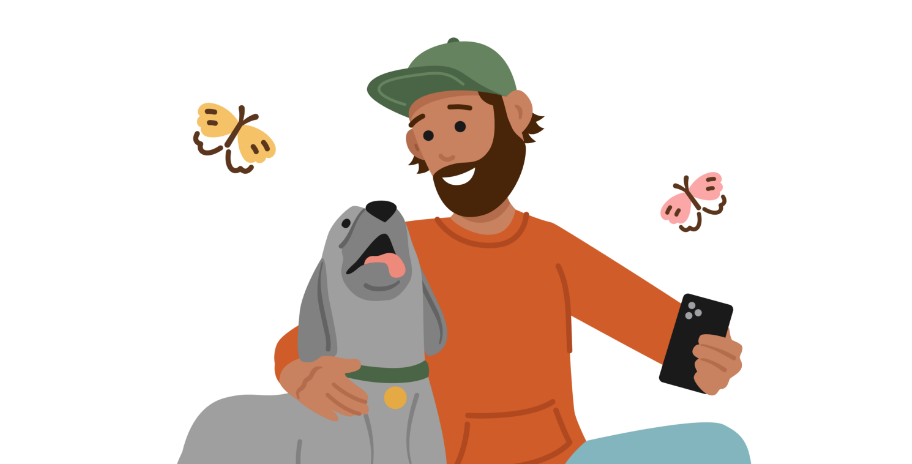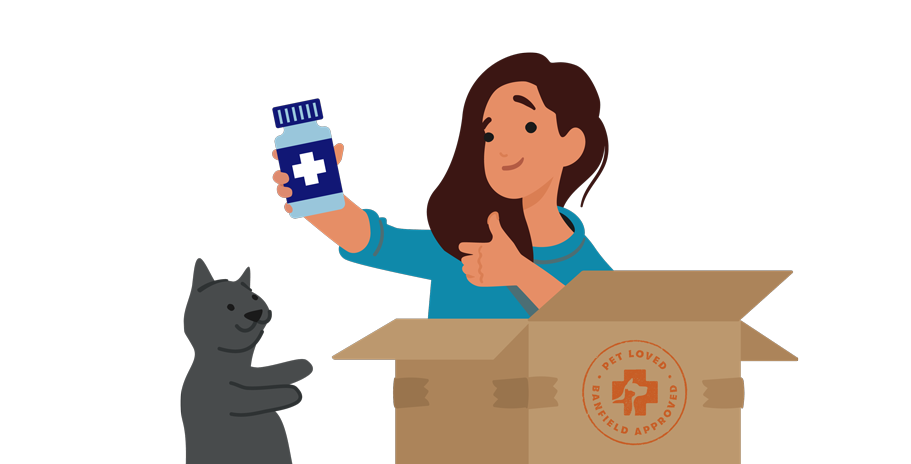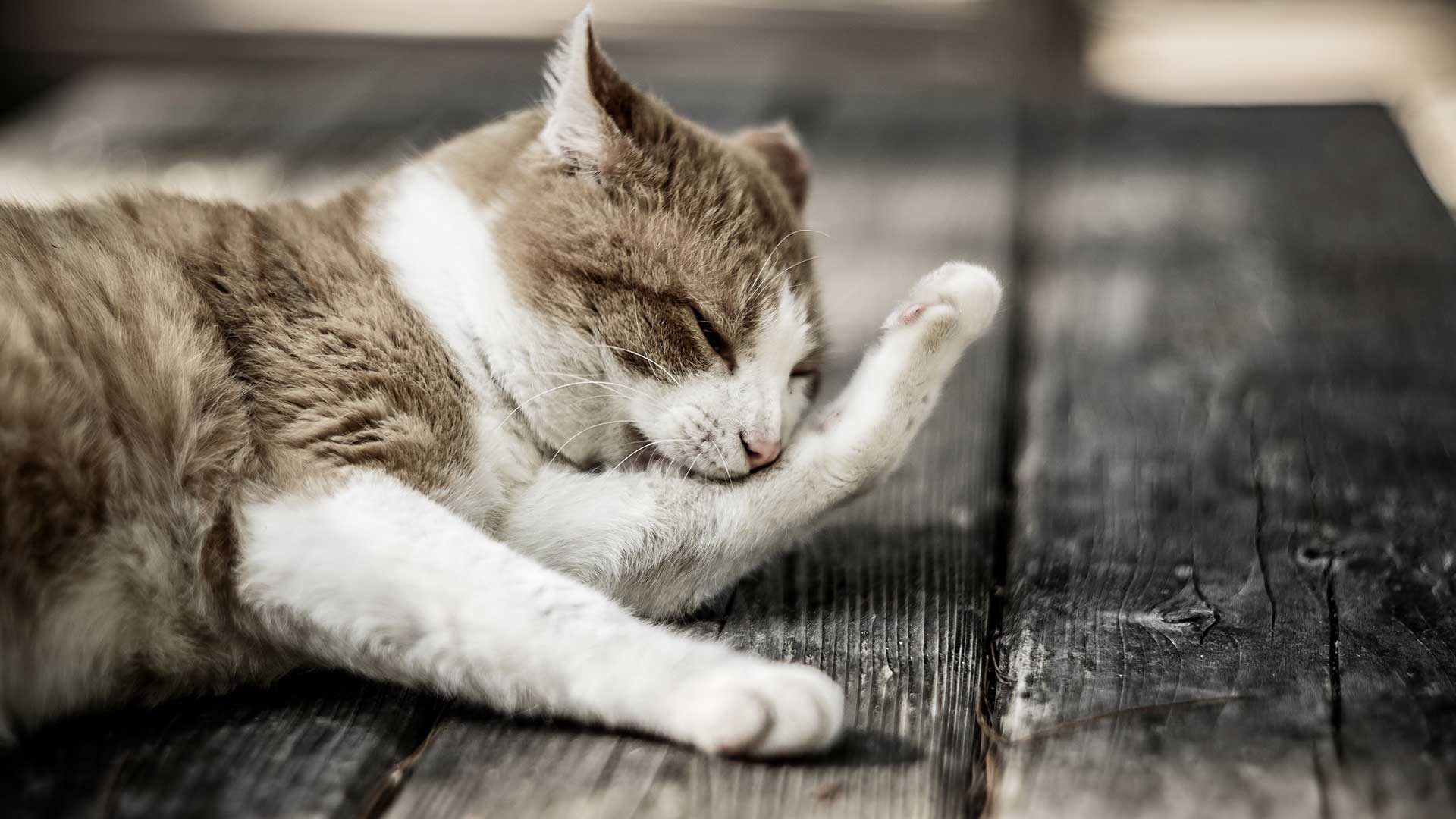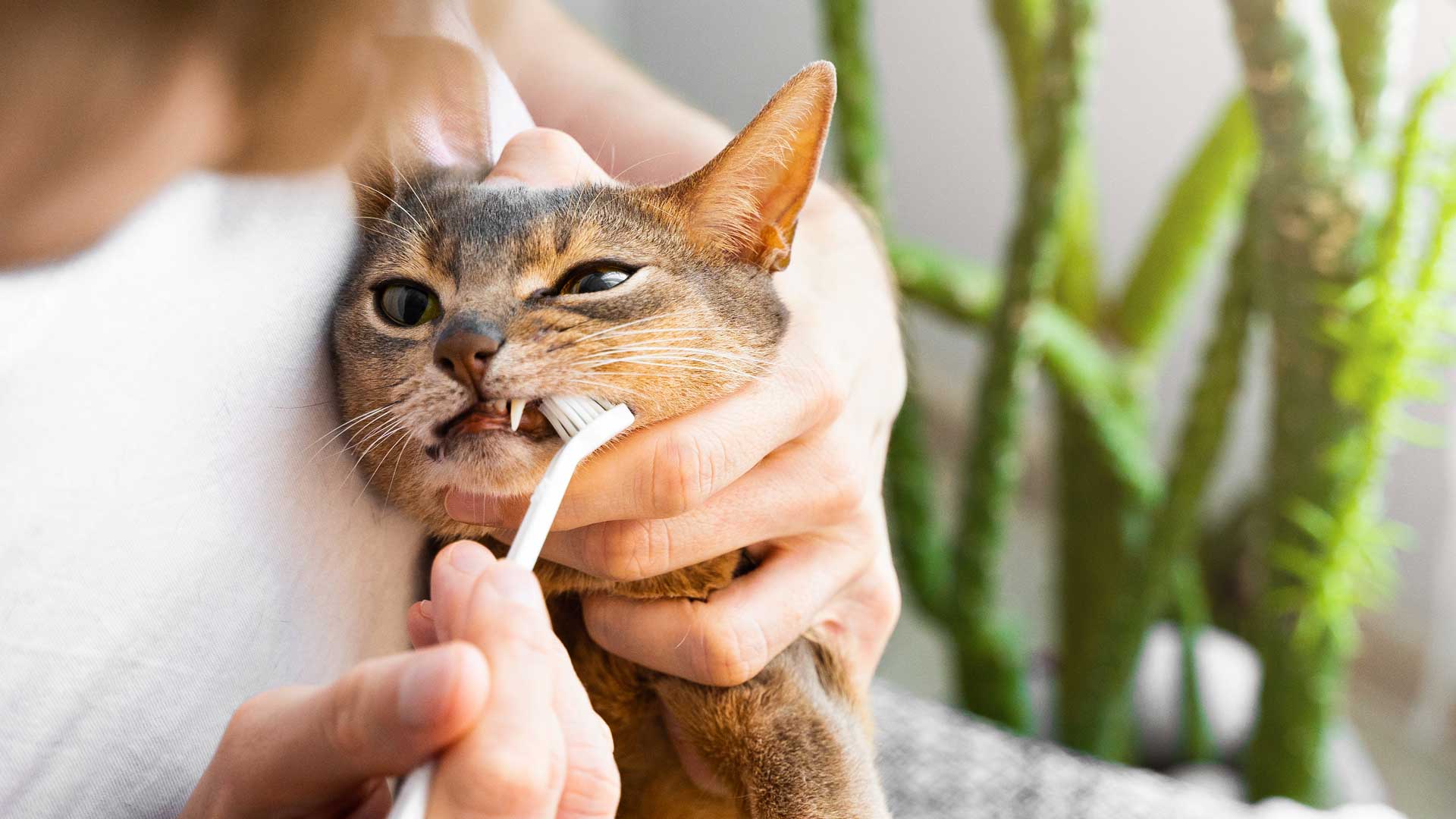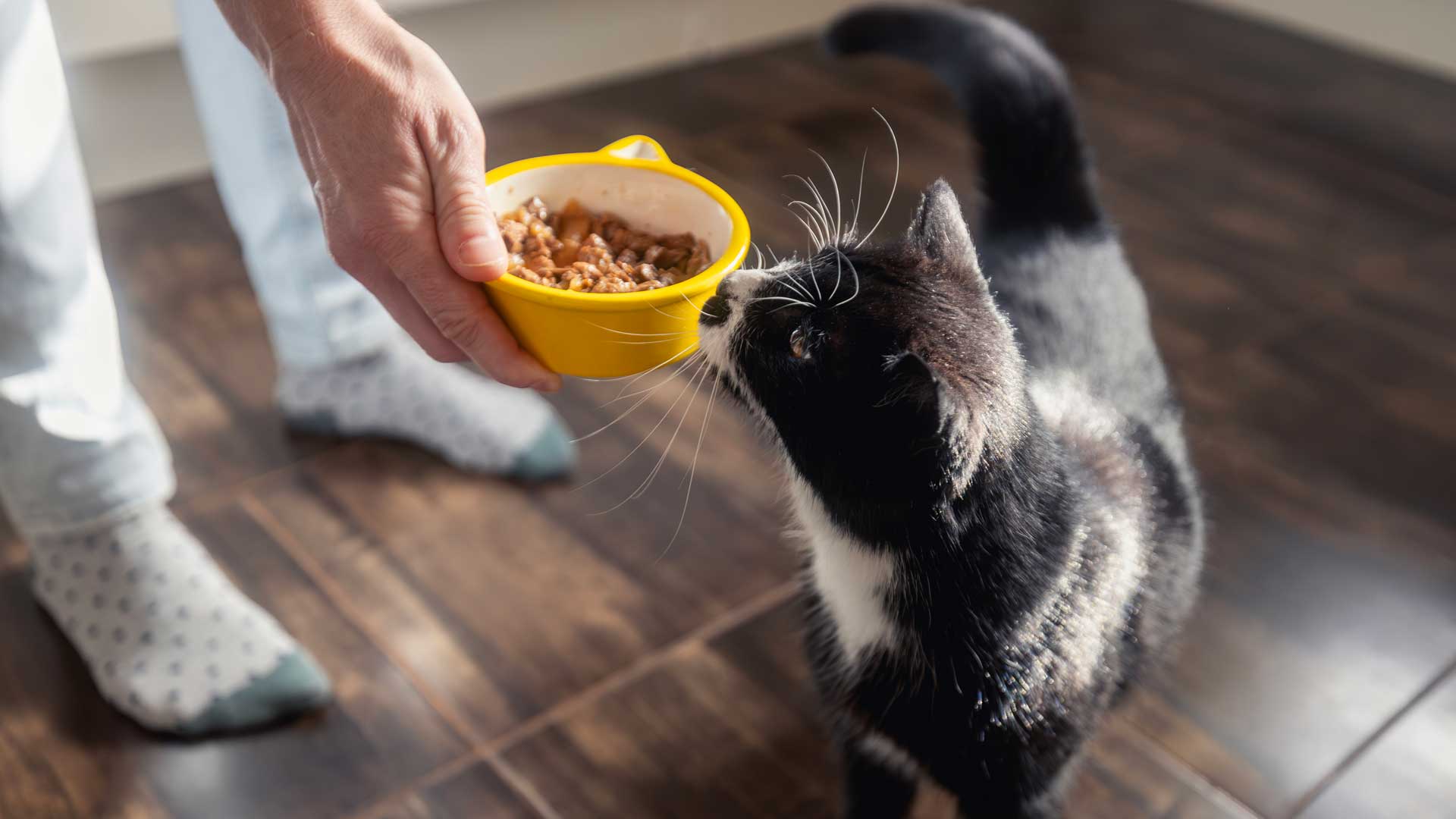guide to senior dog diet and senior cat diet
The right diet is important for your pet — especially when they’re a senior.
Find out what changes (if any!) you may want to make to your furball’s food to optimize their health.

Mealtime considerations for senior dog and cat nutrition
- Ensuring appropriate diet for senior nutritional needs
- Ensuring proper pooping (no constipation or diarrhea)
- Avoiding excess weight
- Adjusting bowl placement
What is a healthy diet for older dogs? For older cats?
There’s not a quick and easy answer here. The Association of American Feed Control Officials doesn’t have guidelines for senior nutrition, since it’s mainly dependent on the individual needs of the pet. The good news is, if your pet is doing OK with their adult food, you might not have to make any changes.
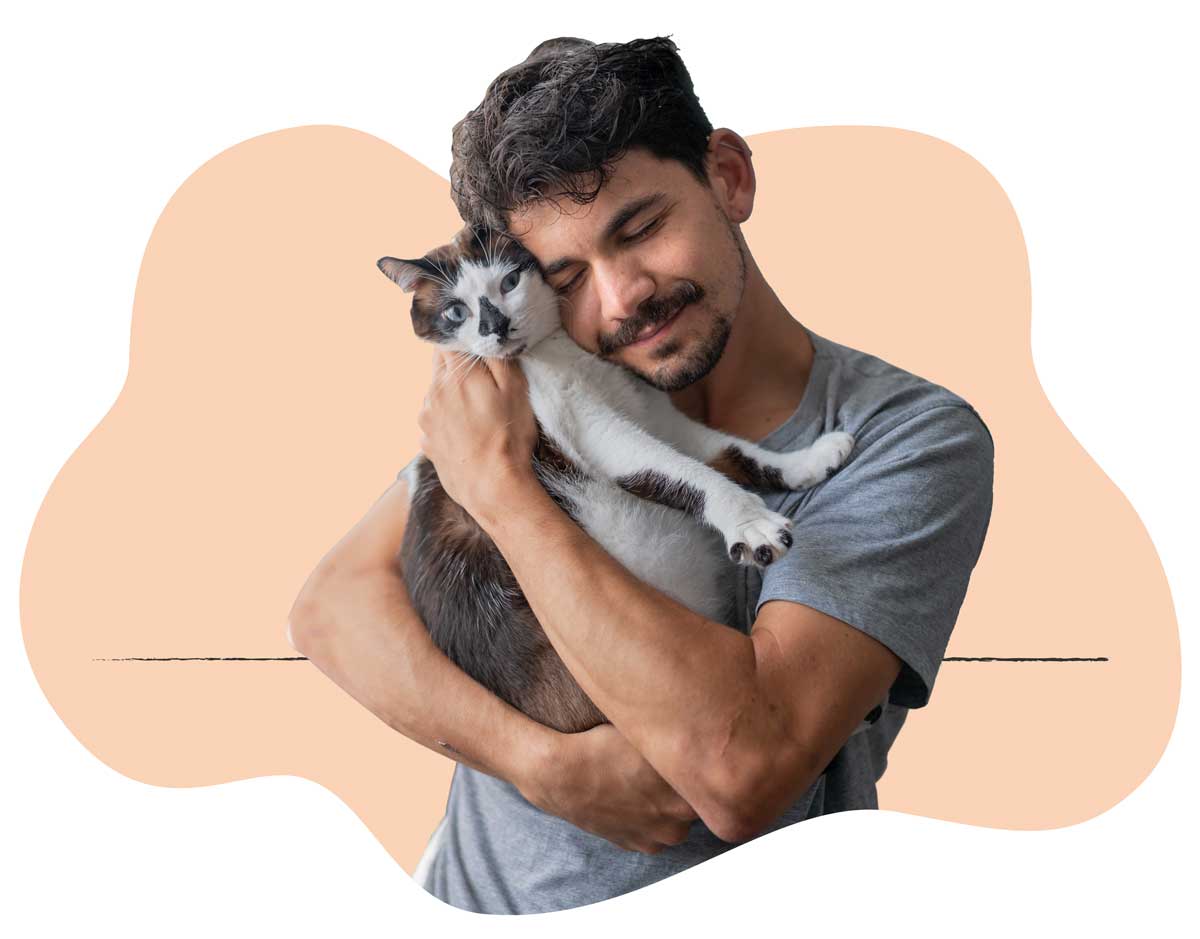
Senior dog food and senior cat food considerations
Because of the aging process, senior dogs and cats may experience energy shifts, muscle loss, weight changes, and/or digestive issues. This can cause their nutrient and caloric needs to change. Your vet will work with you to determine the best course of action when choosing food for your pet’s diet.
Age-related health issues for senior dogs and cats include:
- Hyperthyroidism
- Chronic kidney disease
- Osteoarthritis
- Diabetes mellitus
- Heart disease
Your veterinarian may recommend supplements and/or changing to a therapeutic diet. Examples include adding antioxidants to manage heart disease, adding long-chain omega-3s for osteoarthritis, and restricting protein for renal disease.
Treat time for senior dogs and cats?
Treats are still a go! Just make sure they don’t make up more than 10% of your pet’s caloric intake. Also, keep treats small and — this is a big one! — don’t feed your older dog or cat table scraps. We know how tempting it can be, but those calories can add up quickly.
Weight management and the senior pet
Extra weight can greatly impact a pet’s health by putting them at higher risk for arthritis, diabetes, heart disease, and other medical conditions. Plus, since seniors sometimes slow down and get less exercise, it can be extra easy to accidentally overfeed them.
The following chart will help you visualize the ideal weight for your pet.

Very Thin Pet
Severely defined ribs and waist — bony to touch

Thin Pet
Easily visible ribs and waist

Ideal Weight
Ribs easily felt, but not seen, with an obvious waist

Overweight Pet
Ribs not easily seen or felt, the waist might be subtle or difficult to appreciate

Obese Pet
Ribs not easily seen or felt, with no waist at all or even a bulge where the waist should be
Keep an eye on your pet’s shape and size, and take them for regular vet appointments to stay on top of any potential weight-related issues.
What is the food schedule for a senior dog?
In general, it’s recommended to feed your pet twice a day. This doesn’t necessarily change with age, but your vet may have recommendations based on your pet’s unique needs. For example, if your furball is experiencing digestive distress, your vet may suggest switching to smaller portions of more frequent meals.
What about high-calorie dog food or low-protein dog food?
If your senior pup is extremely active and/or needs help gaining weight, a high-calorie diet may be a good idea. There are lots of options in the pet food aisle — talk to your vet to see what they recommend.
Protein is essential for all dogs — it helps their bodies create, use, and repair cellular structures. While it’s essential, too much of it can worsen certain health conditions that are common in senior pets. These include liver disease and kidney disease. Your vet will be able to advise if your pet would benefit from a low-protein diet.
Soft dog food for senior dogs (and cats too!)
Senior pets may be more likely to have fewer teeth than their younger counterparts due to dental disease. If your dog or cat is struggling to chew, they might benefit from a switch to soft and/or wet senior pet food. In particular, senior cat food formulas often come in easy-to-eat textures that are also higher in moisture — great for older pets who are prone to dehydration. Check with your vet to see if they recommend soft food for your furball.
Be aware of bowl placement!
Since senior pets can have issues with mobility and arthritis, it’s important to consider their comfort at mealtime. Bending to reach food and water can put unnecessary strain on their neck and back. Elevated and/or tilted bowls are readily available at pet stores and online. If you’re unsure about what height to get or whether these would help your pet, talk to your vet.
Senior pets who won't eat
What do you feed a senior dog that won’t eat? Or a senior cat? The first step is to talk to your vet. Not eating can be a sign of illness, side effect of medication, or something else. Getting to the root cause will help determine your next steps, which may involve switching to a new diet or changing from dry to wet food.
Medically reviewed by Ari Zabell, DVM and Heidi Cooley, DVM.
Custom care that grows with your pet
You can save more than 30% on preventive petcare with an Optimum Wellness Plan! These convenient, customizable packages include vaccinations, diagnostic testing, and more.
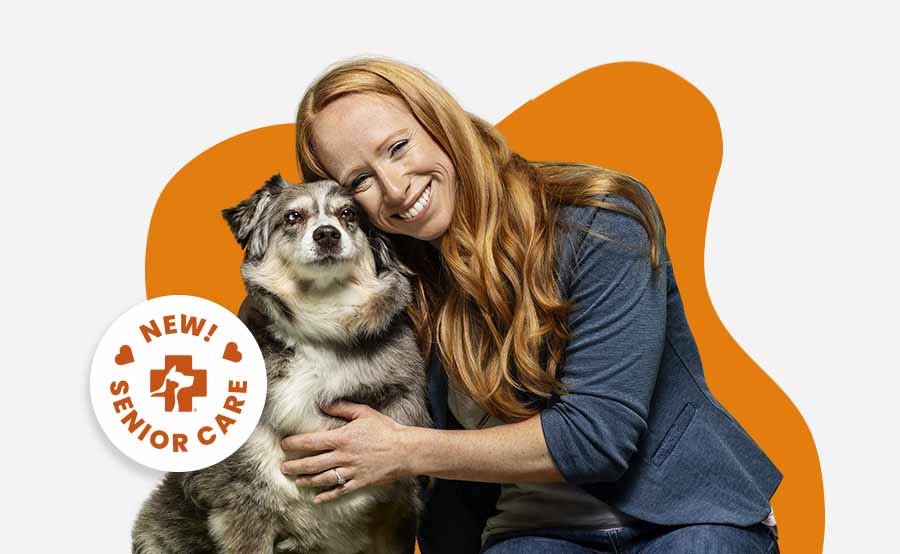
Senior Care
Designed to help detect early signs of age-related illness.
This plan combines essential services like vaccinations and exams with in-depth diagnostic testing.
See what’s included in Senior CareSenior Care Plus
Designed to help detect early signs of age-related illness and support additional dental needs.
This plan includes all the services in our Senior Care plan plus a dental cleaning.
See what’s included in Senior Care Plus Mites and mange
Mites and mange Podcast - Not Just Fluff
Podcast - Not Just Fluff

